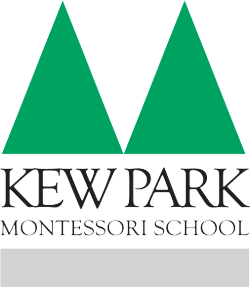Jun 24

It was wonderful to celebrate the accomplishments of our grade 6 graduates last week, and each prepared a speech to share at their graduation. Congratulations graduates! ...
Jun 24

Everyone is thrilled about the newly painted graphics in the school yards! ...
Jun 24

Happy Pride Month! ...
Jun 24

Before bringing their art portfolios home for the year, each elementary child chose three pieces of their art work to share with their peers at our annual Art Gallery, where all the classes got to visit and admire an amazing array of art! ...
Jun 24

Over several weeks this spring, classes observed the life cycle of painted lady butterflies, from larvae to caterpillars to chrysalises, and then they released the butterflies over the final weeks of school. It is always an inspiring classroom activity and a very special moment to eventually see them fly free. ...
Jun 4

Over the last week, both our lower and upper elementary students had their track and field meets with the Independent Schools Athletic Association. They had great fun, performed very well and showed incredible sportsmanship supporting each other and cheering loudly. A big thank you to all of our parent supervisors who helped out. Go, Kew Park! ...
May 28

One of our elementary families generously and thoughtfully built and donated two mud kitchens for our casa yards this week. The children were thrilled and they absolutely love them! They are perfectly designed to encourage messy, imaginative, outdoor play. How fun! ...
May 21

We had a wonderful day today exploring the zoo! So many incredible animals to see and learn about as part of our zoology studies. ...
May 20

Our after school casa art club sketching some impressive still life drawings of fruit after learning about Paul Cézanne. ...
May 20

We are very excited to have three new maple trees planted in our elementary yard! One of our classes conducted a school wide survey and data collection exercise to name them and several child have designated themselves “guardians of the trees” as they protect them from balls at recess! ...
May 20

A sweet moment between one of our upper elementary students and a gentleman from the seniors’ residence the class visits monthly. ...
May 20

Lower elementary students made a cool model to demonstrate how the lungs work as part of their study on the respiratory system. ...
May 20

A few photos of the children doing their part on our Earth Day neighbourhood clean-up last month. ...
May 20

Two casa students working together on the care of a plant. ...
May 20

Lower elementary students exploring the Timeline of Life. The Timeline of Life, a key component of the Montessori elementary curriculum, is a visual presentation that depicts the evolution of life on Earth from the earliest microorganisms to the present day. It helps children understand the vastness of time, the interconnectedness of living things and how human life is part of a continuous history. It sparks curiosity and a sense of wonder, prompts research and is used to introduce many lessons in history, biology, geology and more! ...
Mar 9

The highlight this week was surely the upper elementary Science Fair where the students shared their interesting and impressive research projects! ...
Mar 3

Montessori students learn many practical and challenging tasks in the casa classroom, one of which is how to sew a button! With this wonderfully exciting piece of work, children also develop fine motor skills, hand-eye coordination, concentration and focus. ...
Mar 3

Our elementary classes had a beautiful day for their trek to see the Winter Stations art installations at Woodbine Beach today. Winter Stations is an international design competition held annually in Toronto, where participants design temporary winter art installations that incorporate the existing lifeguard towers. This year, the theme for the installations was “Dawn”. ...
Mar 3

Working hard on a project showing the parts of a horse! Casa children learn the parts of various animals and plants through lessons in the Montessori zoology and botany curriculums, often creating a booklet or board where they draw and label each part. ...
Feb 3

The grade 3-6 elementary children had an awesome couple of ski days at Dagmar Ski Resort! For some it was their first time ever skiing and they should feel very proud. For other more experienced skiers they had an opportunity to shine and be mentors. Thank you to all the parent supervisors that helped to make it a fun and safe trip for all! ...
